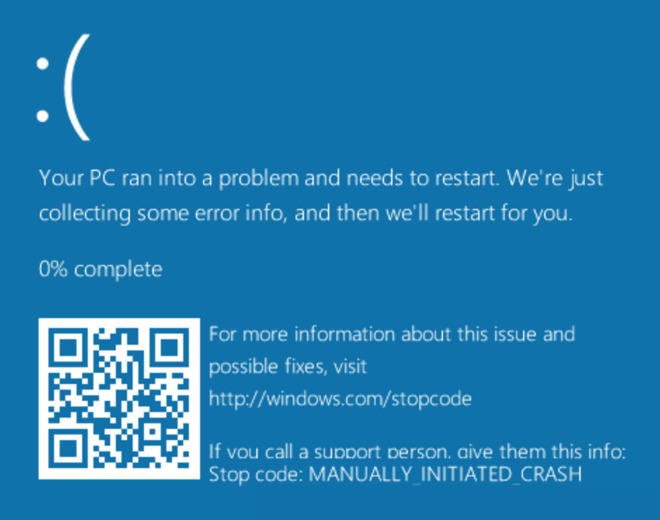AAR pt 3 (Xamarin/C#/Azure)
If you haven’t had a chance to read the first entry in the series for context, you can do so here. We do a fair amount of .NET development over at Steelcase. When I first joined the mobile development team we seriously considered doing our mobile applications in Xamarin. We eventually decided against it since Steelcase is a very heavily design driven company, and Xamarin just wouldn’t provide the flexibility that a purely native approach does. But in the spirit of giving Xamarin a fair shake we spent a sprint working in it to get an idea of it’s capabilities. Below are the lessons I learned, as well as some I’ve come to learn after working with Steelcase’s C#/Azure backend.
- To issue adb commands in Xamarin Studio go to the menu bar and select Tools > SDK Command Prompts.
- To find a package name right click the project and select options> Android Applications > Package Name.
- To add unit tests, add a project, select platforms, Unit Tests, then in the unit tests project add a reference to the main project.
- To run unit tests, select the project file and emulator and press the play button
- To add UI tests, do the same as above except with a UI Test project, then View > Pods > Unit Tests, right click the tests and select add project
- When integrating AAD (Azure Active Directory) services Microsoft restricts services with 401 (unauthorized) responses.
- C# naming convention is Pascal Case for public methods, classes, and properties. Private fields, classes, and methods are all camel case.
- An Azure cloud service can have one or more worker roles. Info for that worker’s run-time settings are in ServiceDefinition.csfg. It includes endpoints, roles required, and vm size.
- In VS17 you can configure whether the MVC is run locally or on the cloud by right-clicking the project > properties > development > service configuration > local/cloud
- In VS17 you can debug by clicking the gray area to the left of the line numbers to create a breakpoint.
- In VS17, to keep the command terminal open when running a command line project, run with CTRL+F5.
- An Azure IoTHub is really just an EventHub with a device registry bolted on.
- To view, modify, and debug blobs use Azure Storage Explorer, which can be downloaded for free from the internet.
- Every Azure IoTHub event has 3 buckets: a properties bucket (can’t change), an application bucket (read as a header), and a payload bucket (read as JSON, can change).
- Each Azure event processor has its own marker, so one event processor consuming from a partition does NOT prevent another from consuming it.
- .NET Core allows you to deploy to Linux and MacOS, which also means that you can create .NET Core Docker containers. In exchange, you lose a lot of .NET Framework libraries.
- In C# the
waitkeyword will block further progress synchronously. Theawaitkeyword just blocks execution in the containing method and the calling class gets an incomplete Task. - You can pass multiple parameters after a url’s
?`\` by concatenating them with an \& symbol. - For Azure Oauth you must have the following variables: Auth URL, Access Token URL, client Id, and client secret.
- In a .NET MVC application, if you have two identical routes in the same controller all the endpoints will result in a 500 error.
- If Visual Studio ever can’t find the ‘system’ import, press CMD+SHIFT+P (opens the VS command terminal) and type Restart Omnisharp
- Exchange Web Server (EWS) and on-premise Exchange will throttle excessive API requests automatically. O365 will not.

Comments